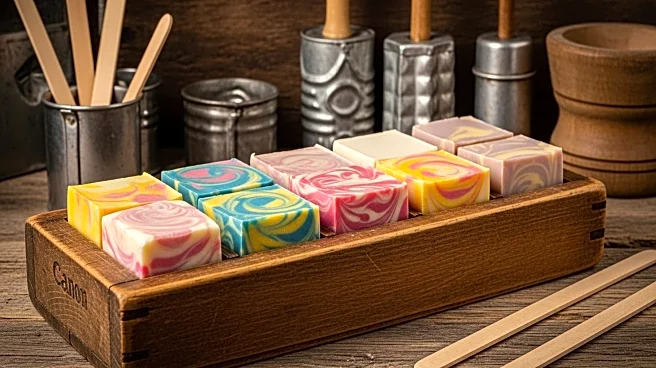What is the story about?
Soap making is a process that has been practiced for centuries, involving the chemical reaction known as saponification. This reaction occurs when fats or oils come into contact with lye, resulting in the formation of
soap. Historically, soap making was both a craft and a necessity, with its roots tracing back to ancient civilizations. The 2nd-century AD physician Galen described soap-making using lye and recommended its use for personal cleanliness. Over time, the practice evolved, with Germanic soaps being highly regarded during Galen's era.
Core Facts
Soap is primarily made through the process of saponification, which involves theNotable Details
In ancient times, soap was not only used for personal hygiene but also for cleaning clothes and other items. The quality of soapComparisons and Contrasts
While ancient soaps were primarily made from animal fats, modern soaps often use vegetable oils, which are considered more sustainable and environmentally friendly. Additionally, theKey Data Points
The basic ingredients for soap making include fatsAI Generated Content
Do you find this article useful?

